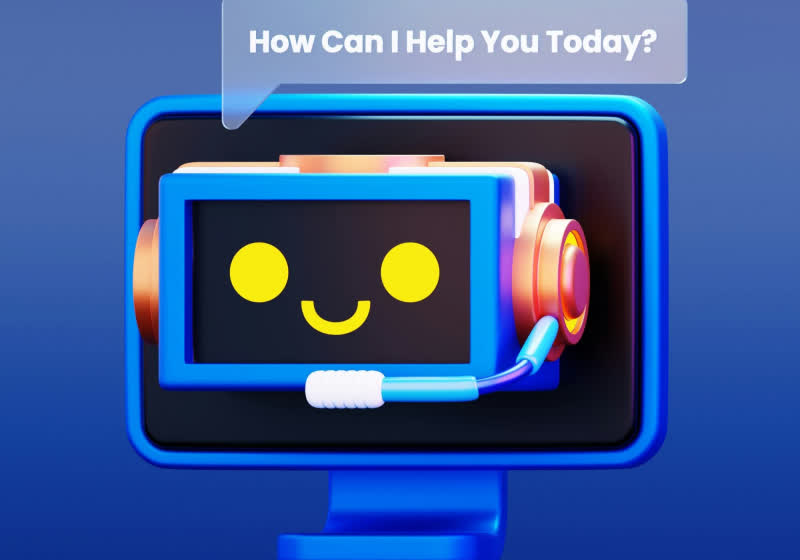Effort to ban America's favorite router gains traction - here's what we know
NegativeArtificial Intelligence
A proposal to ban TP-Link routers is gaining support from several government agencies, raising concerns among users who rely on these devices for their internet connectivity. This move could significantly impact many households and businesses that depend on TP-Link for reliable service, highlighting the ongoing debate over cybersecurity and consumer choice.
— Curated by the World Pulse Now AI Editorial System





